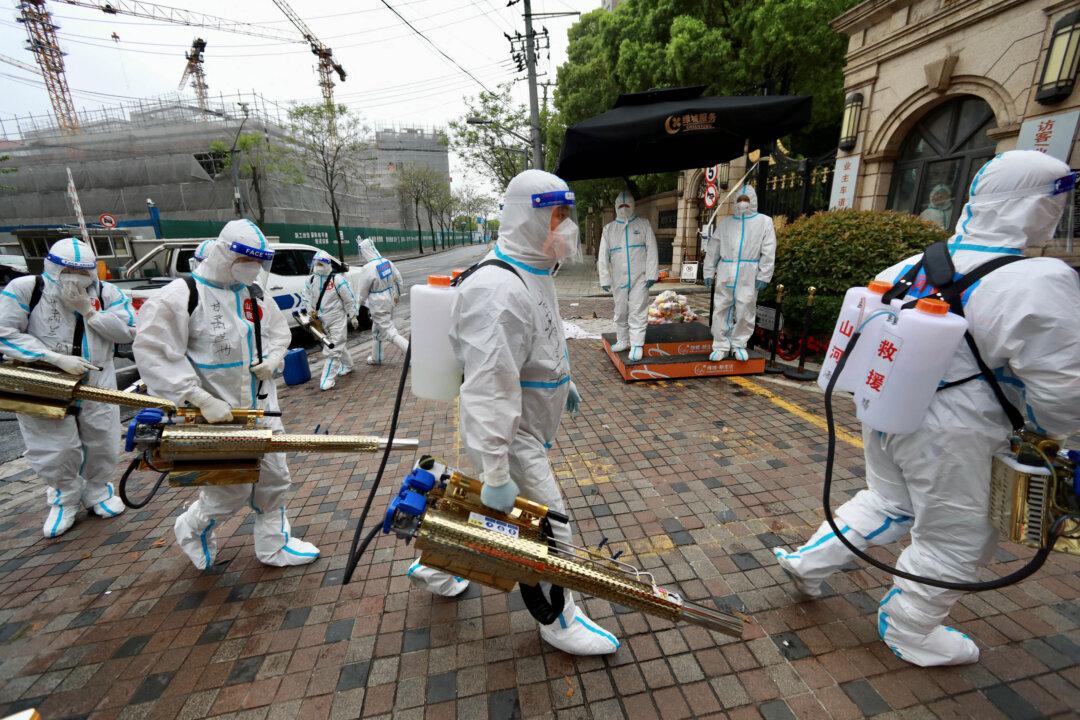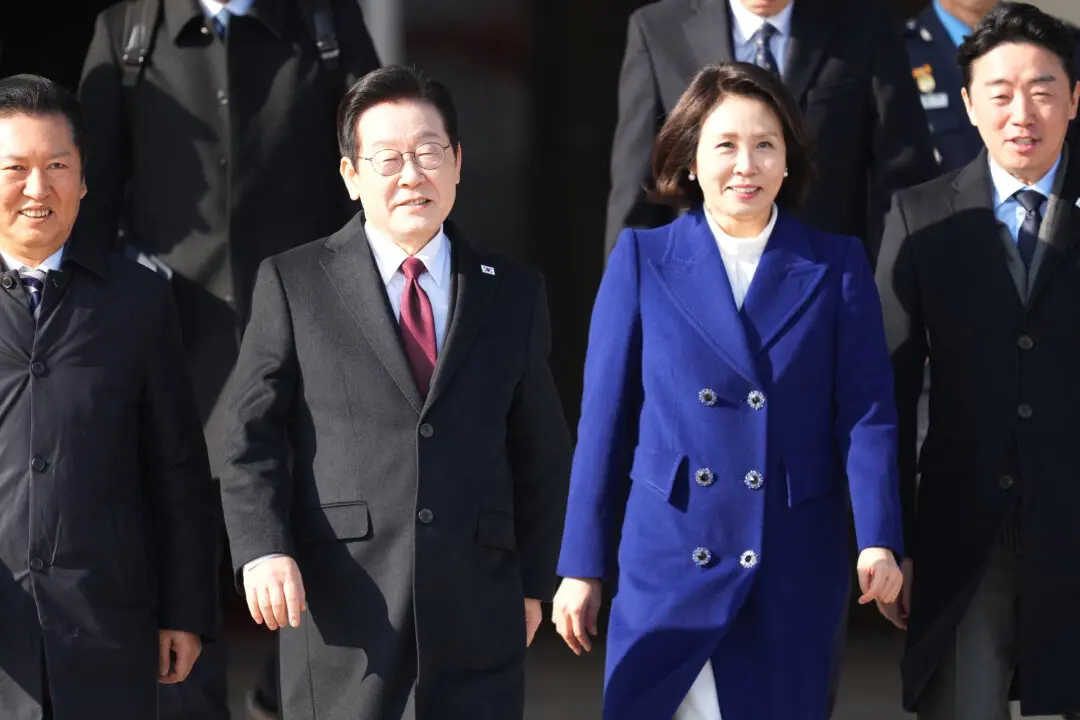Factories have suspended production. Truckers are stuck on highways. Containers are piling up at ports. Shipping vessels have been waiting to unload.
China’s economy is set to pay a heavy price as the communist regime’s determination to stamp out the COVID-19 outbreak through harsh lockdowns have brought its manufacturing and commercial hubs such as Shanghai to a halt.




